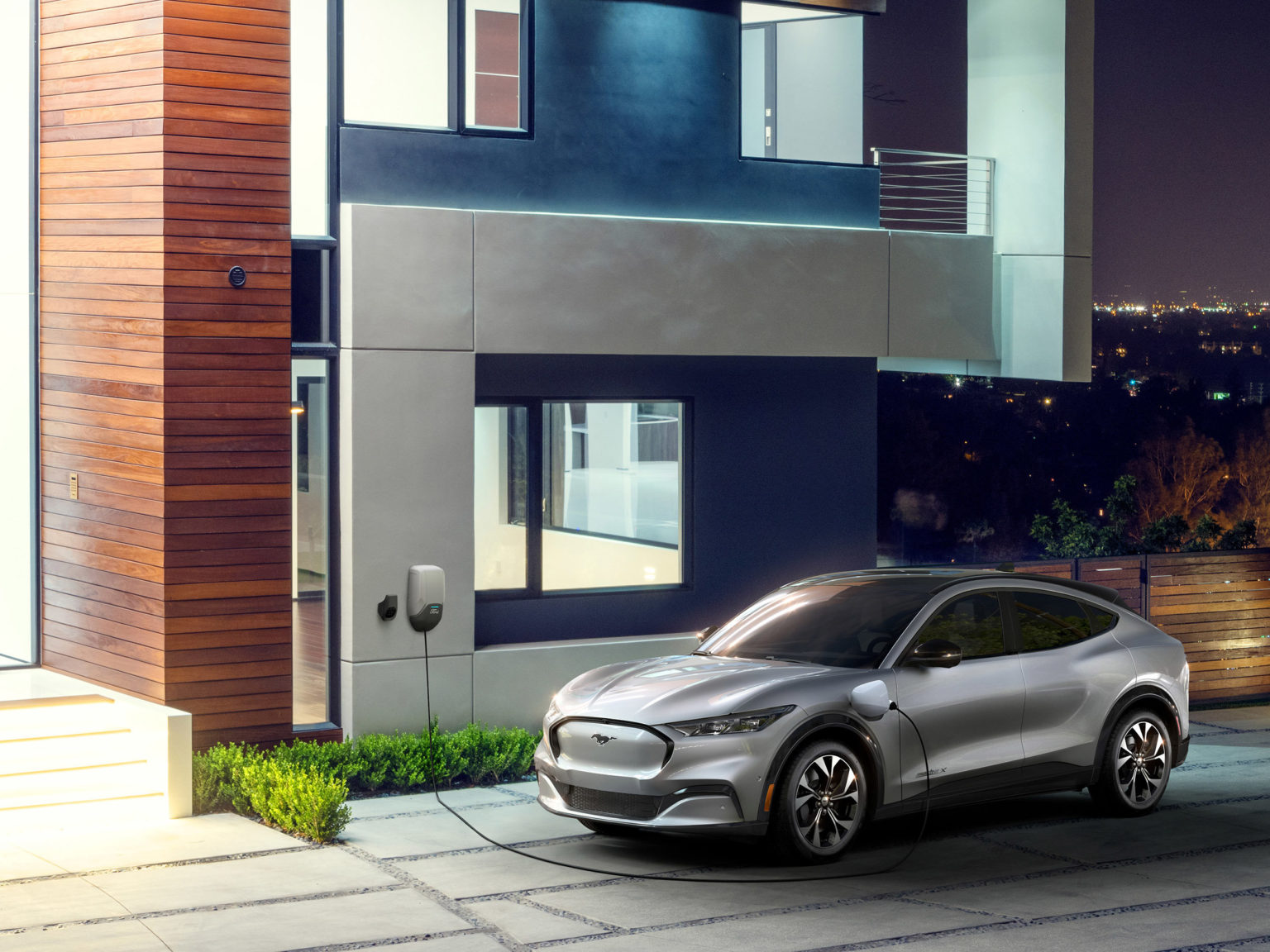If you had trouble understanding which EVs would be eligible for tax credits in 2023, the Treasury Department is here to make things a little more confusing. The Inflation Reduction Act (IRA) laid out new EV tax credit requirements, some of which include limits on where raw materials for batteries and other components can be sourced. Now, the government says it won’t release guidance on the requirement until March, delaying a contentious part of the legislation.

The new EV tax credit does away with the 200,000-vehicle sales ceiling, a limiting factor for Tesla, Toyota, and General Motors in recent years as their EV sales numbers grew. New tax credit requirements include limitations on which countries raw materials can come from, and a notable part of the credit requires that EVS be built in North America.
You can buy an EV now and get credit if it was built here, but buyers of EVs purchased before the Treasure Department releases guidance may be waiting a while to find out how much of a credit they’ll get. There’s also a chance that some EVs purchased early in 2023 could qualify for a larger credit than they would after the March deadline.

That could be great news for EV buyers and automakers, as many new models won’t qualify after the new rules go into effect. Companies will move into compliance, most likely quickly, but the initial impact of the new legislation is that tax credit eligibility will be spotty at first.
What the new EV tax credit changes mean for you
This could be a positive thing if you planned to buy an EV in the early days of 2022. Delaying upcoming restrictions on raw materials sourcing leaves more EVs eligible for the full credit, so you’ll have an easier time shopping. After March, the percentage of critical minerals extracted from countries the United States does not have a free trade agreement with has an impact on the tax credit a vehicle is eligible for.








